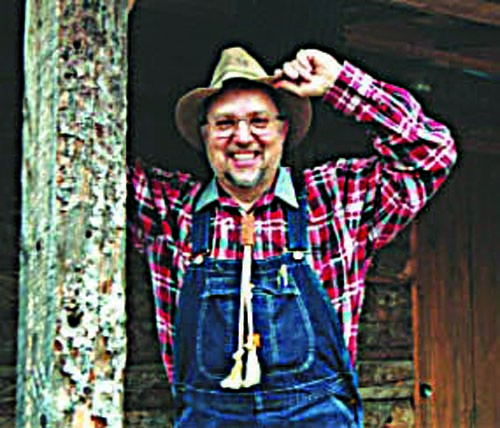For years after the historic school finance reforms of 1992, the Kansas Legislature continued to wrestle the issue and tinker with its parts. It happened almost yearly, through a half-dozen warnings about chronic underfunding from the state Supreme Court. In 2017, after a disastrous, four-year battering by Gov. Sam Brownback, school finance was reset. Brownback had left office, a handful of sensible candidates were elected to the Kansas House and clearer minds had ruled.
The heat source of this persistent issue is double-barreled – one, the property tax and the other, the cost of rural schools.
When the state began to provide substantial, long-term school aid in the 1990s, realists never believed that property taxes would pay the entire cost. A statewide 20-mill property tax provided the foundation. (This year, the tax generates about $700 million of the state’s $5 billion in local finance.) Income and sales tax revenues are added to a central aid pool. At base, state aid is apportioned according to district wealth and student enrollment.
The state provides roughly 75 percent of every public school budget. The rest is generated through “supplemental” local property taxes. The law also provides low-enrollment aid to schools in sparsely settled communities.
Not all small districts are poor. Some of them, particularly in southwest Kansas, have been home to oil and gas production and great stretches of irrigated cropland and industrial feed lots. But much of that wealth was corporate and could give the wrong impression. In many districts with extraordinary wealth, more than half the students met poverty guidelines for free and subsidized school meals. Corporations held wealth; the workers and their children didn’t.
Urban legislators were early and persistent critics, many of them representing neighborhoods with crowded, under-funded schools. They insisted that aid for country schools and their thin enrollments was a waste of precious resources.
Districts in four northeast counties ‒ Johnson, Wyandotte, Douglas and Shawnee ‒ plus Sedgwick County (Wichita) have combined enrollments of nearly 240,000, more than half the state total, 457,000.
*
Low-enrollment aid was written into the reforms of 1992 to gain the support of rural legislators. Without aid, scores of sparsely populated districts would be forced to close or merge, with devastating economic and social impact on their communities. Of the state’s 286 school districts, 70 percent (198 districts) have enrollments of 1,000 or less. And of those, 136 have enrollments under 500. Nine districts have enrollments under 100 ‒ eight in western Kansas, one in the southeast.
The frequent assumption that small schools mean small learning is wrong. Scholarship applications across the state show that class size is no factor among students with superior ACT scores.
The struggle for school funding in an urban-dominant legislature may stir trouble for rural schools, but time can dampen old resentments. First, consolidation has happened with no nudging from legislators. The strain on rural economies and loss of population prompted consolidation of 18 school districts in central and western Kansas from 2002 through 2011. And extra help for crowded “high-enrollment” districts had been adopted to balance the state aid package.
Meanwhile the political muscle of urban legislative districts has grown sharply. A half-dozen counties now elect nearly two-thirds of the state Senate
and House of Representatives. All are aware that property taxes and local school finance remain entwined. Efforts to reduce the statewide school tax are in the works, increasing pressures on local districts. Property exemptions for big business have cost local governments millions in lost revenue.
Some legislators, itching to finance even greater tax cuts and new ways to pay for local schools, may consider farmland a low-hanging fruit. Urban legislators may soon have the muscle to unravel its constitutional protections. A half dozen counties alone hold nearly the legislative majority needed to begin the effort.
Urbanites may see farmland as a new source of revenue for their schools and tax relief for their office parks and subdivisions. Republican Kansas may be headed for an economy dominated by the haves and have-mores.
(Last: a review)




Hey, but wait!! I don’t have kids in school! Why should I be expected to fund them? Or…My kids attend a private school. I should not have to pay anything to support public schools!
Said many idiots who are opposed to increasing education budgets in any meaningful manner.
Cutting education budgets has been an easy, no risk, target for decades.